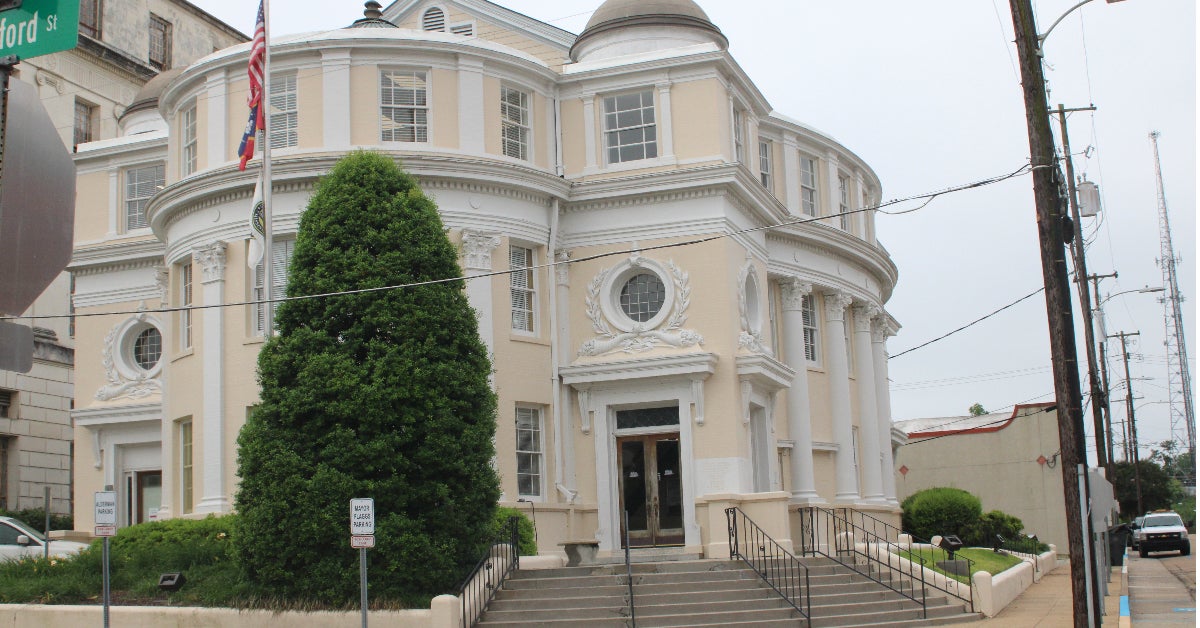Namesake of iconic bridge fought in Vicksburg
Published 12:00 am Thursday, March 5, 2015
There’s been more national talk this week about Edmund Pettus, than since the Civil War veteran and U.S. Senator died more than 100 years ago.
In his home state of Alabama, Pettus is known for the iconic bridge that was named after him in 1940 in Selma, Ala., but in Mississippi, he is known for a daring escape, a brave rally, and rising to command because of a well placed shot from a federal sniper.
The bridge, of course, is far more famous than Pettus ever was. On March 7, 1965, the bridge became a flashpoint for the civil rights movement when Alabama state troopers and local residents attacked civil rights activists led by Martin Luther King Jr. while they were attempting to march to the state capitol in Montgomery.
The attack became known as “Bloody Sunday” and President Barack Obama is scheduled to speak Saturday on the bridge named after Pettus.
Now, people across the country want to rename the bridge because of Pettus’s service in the Confederate Army and a link to the Ku Klux Klan — though some historians have cast doubt on the Klan link.
The possible renaming is what’s brought up all the talk about Pettus, and while I don’t want to wade into the controversy, it is important to note Pettus’ Vicksburg connection.
Pettus, whose brother was the secessionist governor of Mississippi, came to Vicksburg as a lieutenant colonel in the 20th Alabama Infantry, which was attached to the command of Brig Gen. Stephen D. Lee. After Union Gen. Ulysses S. Grant’s invasion, Pettus was captured at Port Gibson. Details are scarce, but he was able to escape and rejoined his command.
On May 22, 1863, as Union forces were attacking the city, members of Waul’s Texas Legion and the 20th Alabama under Pettus repelled troops under the command of Union Gen. John McClernand who had breeched the defenses of the city. Over the years, it was wrongly reported that Pettus volunteered for the perilously defense.
“I was peremptorily ordered by General Lee to take the redoubt. Waul’s Legion and three gallant Alabamians did volunteer, but I as their commander was acting in response to orders,” Pettus later said.
On June 17, 1863, Pettus took command of the 20th Alabama when his immediate commander, Col. Isham W. Garrott was killed by a federal sniper. Tour Stop 14 in Vicksburg National Military Park is named after Garrott who the National Park Services describes as “the courageous commander of the 20th Alabama Volunteer Infantry.”
As one of the regiments that garrisoned the fort, the 20th Alabama faced constant fire of Federal sharpshooters.
Eventually, Garrott had enough and decided to return fire himself. He grabbed a musket and was preparing a shot when he was killed instantly by a Union minie ball. He died without learning that he had been promoted to the rank of brigadier general — the same rank Pettus would take that October.
•
Josh Edwards is a reporter and can be reached by email at josh.edwards@vicksburgpost.com or by phone at 601-636-4545.





